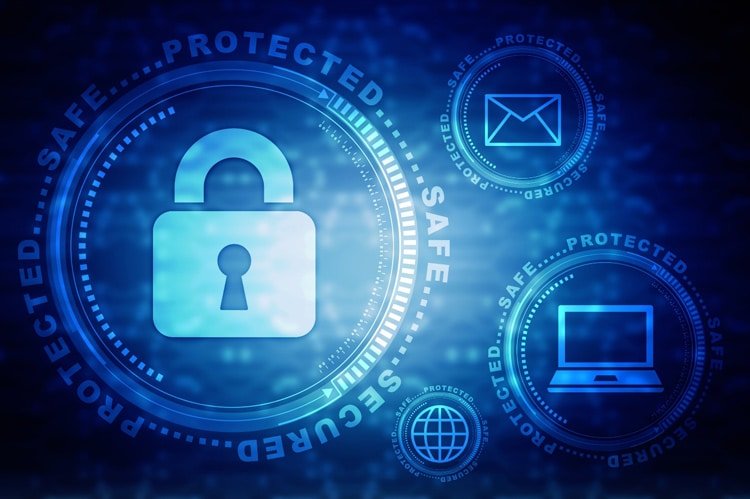ISO 9001 and ISO 27001 Integration
Integrating ISO 9001 & ISO 27001: A Strategic Guide to Unified Compliance
Modern organizations face two critical challenges: delivering consistent quality while safeguarding sensitive data therefore, ISO 9001 and ISO 27001 Integration is the key challenge and Global Standards aim is to explain, assist, train and get corporate sector certified. Fortunately, integrating ISO 9001 (Quality Management) and ISO 27001 (Information Security) provides a powerful solution. By combining these frameworks, businesses can streamline operations, reduce redundancy, and build robust governance.
But why does integration matter, and how can you achieve it? This article explores:
-
Key benefits of merging both standards
-
Overlapping requirements for efficient implementation
-
Step-by-step integration strategy
-
Common pitfalls and how to avoid them
-
Real-world examples of successful unification
By the end, you’ll understand how to create a cohesive system that boosts both quality and security.
Why Integrate ISO 9001 & ISO 27001?
1. Eliminates Silos & Reduces Costs
Standalone implementations often duplicate efforts—like maintaining separate documentation and audits. Conversely, integration merges processes, cutting administrative overhead by up to 30% (PwC, 2023).
2. Enhances Risk Management
While ISO 9001 focuses on operational risks, ISO 27001 addresses cyber threats. Together, they provide a 360° view of organizational vulnerabilities.
3. Builds Stakeholder Trust
Customers and partners increasingly demand both quality and security assurances. For instance, healthcare providers handling patient data must comply with both standards to avoid breaches and service failures.
4. Simplifies Certification Audits
A unified system means one set of internal audits and corrective actions, reducing compliance fatigue.
Key Overlaps Between ISO 9001 & ISO 27001
Requirement |
ISO 9001 |
ISO 27001 |
|---|---|---|
| Leadership | Top management drives QMS | Executives must support ISMS |
| Risk Management | Addresses operational risks | Focuses on information security risks |
| Documentation | Controls quality records | Manages security policies |
| Internal Audits | Verifies QMS effectiveness | Checks ISMS compliance |
| Continuous Improvement | PDCA cycle for quality | Enhances security protocols |
As shown above, 60% of clauses align naturally, making integration feasible. ISO 9001 and ISO 27001 Integration.
5-Step Integration Strategy
Step 1: Conduct a Joint Gap Analysis
Global Stadards suggest to Start by mapping existing processes against both standards. Tools like SWOT analysis help identify synergies and gaps. For example, document control procedures can serve both QMS and ISMS needs.
Step 2: Develop Unified Policies
Merge quality and security objectives into one policy document. A tech company might state: “We deliver error-free software while protecting client data via encrypted development pipelines.”
Step 3: Align Risk Management
Use ISO 9001’s risk-based thinking to create a combined risk register. For instance, a bank could link loan processing errors (quality risk) to data leaks (security risk).
Step 4: Train Cross-Functional Teams
Conduct joint workshops to explain dual requirements. Role-based modules work best—developers learn secure coding standards alongside quality benchmarks.
Step 5: Implement Integrated Audits
Combine checklists for efficiency. A single audit might review:
-
Whether design controls (ISO 9001) include access restrictions (ISO 27001)
-
If customer feedback systems encrypt PII (Personally Identifiable Information)
Real-World Success: Siemens’ Integration Model
The industrial giant saved €2.8M annually by merging both standards. Key tactics included:
-
Unified governance committee overseeing QMS/ISMS
-
Digital platform tracking quality defects and security incidents
-
Shared KPIs like “% of projects with zero quality/security incidents”
3 Common Pitfalls & Solutions
1. Conflict Between Teams
Problem: Quality vs security teams compete for resources.
Solution: Assign hybrid roles like “Quality-Security Coordinators” to bridge gaps.
2. Overcomplicated Documentation
Problem: Creating redundant forms.
Solution: Use smart templates with toggle sections for each standard.
3. Audit Fatigue
Problem: Staff burnout from dual assessments.
Solution: Schedule combined surveillance audits quarterly.
Summary
Integrating ISO 9001 and ISO 27001 isn’t just possible—it’s profitable by adopting Global Standards’ services thorugh cost effective implementation using less resources. Organizations gain faster certifications, lower costs, and stronger compliance. To begin, start with a gap analysis, align leadership, and pilot integrated processes in one department.
Remember: Unified systems future-proof your business against evolving quality and cyber threats. As Toyota demonstrated, companies combining these standards achieve 46% fewer incidents than peers using separate frameworks.
Ready to integrate? The time to act is now—before competitors outpace you. Global Standards always here to assist you to achieve your certification and training objectives. Contact Us!



No Comments